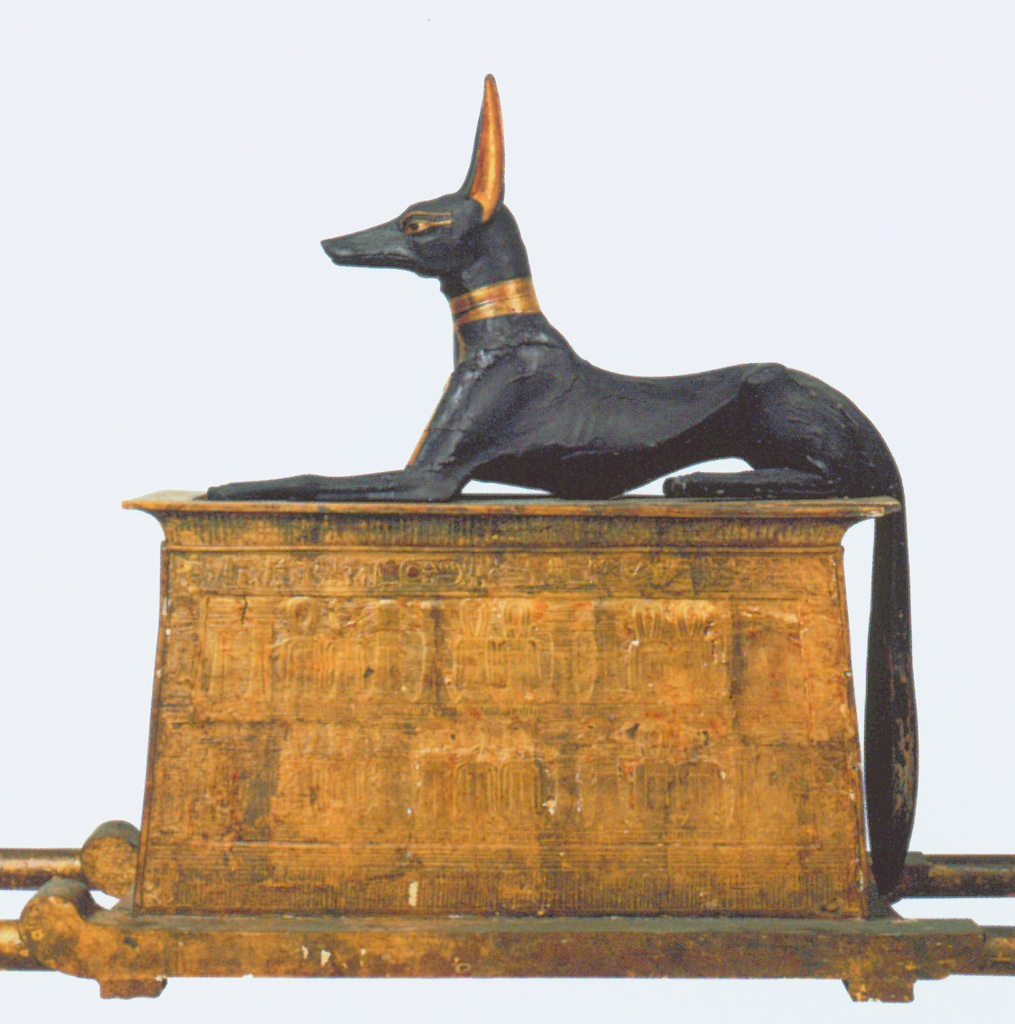Within the last few years, some fascinating research has been done concerning the Ark of the Covenant, the sacred box described in the Hebrew Bible. One significant individual in this field of study is Raanan Eichler, a credentialed scholar who has argued that some important clues about the physical form of the Ark of the Covenant could be found in ancient Egypt. In one article, Eichler submits that the “crown” on the Ark (Ex. 25:11; 37:2) was a cavetto cornice, a common architectural motif on ancient Egyptian chests. He has also argued that the Ark had four legs that held it above the ground, and that it had four carrying poles that could retract and be concealed beneath the box, another feature of some ancient Egyptian chests.
This type of research demonstrates how valuable cross-cultural analysis can be for Biblical studies. The Ark of the Covenant as described in the Hebrew Bible hasn’t been discovered, and there are no portraits of the Ark made by people who saw it. However, scholars can infer certain details about the Ark and other objects described in the Bible by studying objects that belonged to cultures with whom the ancient Israelites would have interacted, and therefore had shared architectural motifs.
Below the research articles can be found detailing the links between Egyptian arks and the ark believed to be made by the Israelites.



Additionally, other scholars have written about the Egyptian link to the Ark of the Covenant. Scott B. Noegel is the professor of Biblical and Ancient Near Eastern studies in the Department of Near Eastern Languages and Civilization at the University of Washington. In 2015 he wrote an appealing article about an Egyptian ark called “the Sacred Bark”.

[Featured image from www.apxaioc.com]

